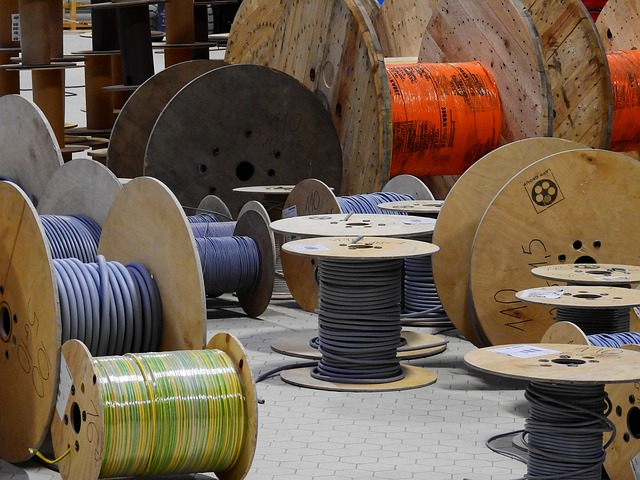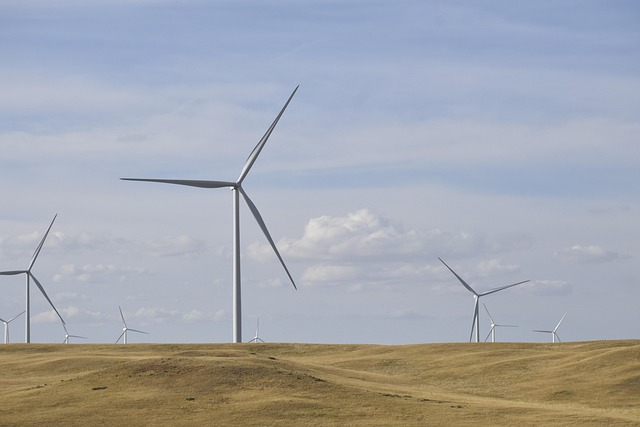In the latest sustainability report, the company has once again demonstrated its commitment to environmental stewardship by outlining a comprehensive strategy that aligns with the global transition to a low‑carbon economy. The report highlights how energy procurement, operational efficiencies, and investment in green technologies are converging to reduce the ecological footprint of the organization. It underscores that sustainability is no longer an add‑on but a core pillar of business resilience and growth.
Energy procurement strategies have shifted dramatically, with the organization now sourcing over 70 percent of its electricity from certified renewable projects. The sustainability report documents the detailed methodology behind the renewable energy certificates and the partnership framework that ensures the integrity of the supply chain. By aligning procurement contracts with internationally recognized standards, the company not only secures a stable price base for future years but also signals to investors that renewable power is a strategic asset rather than a cost center.
Renewable energy integration is not limited to purchase agreements; it extends to the physical grid connection and on‑site generation capacity. The sustainability report reveals that the company has installed 15 megawatts of solar photovoltaic arrays across its regional facilities, complemented by a 5 megawatt wind farm that operates year‑round. These installations are coupled with advanced battery storage systems that allow excess generation to be fed back into the grid during peak demand periods. The combined effect is a measurable 18 percent reduction in the facility‑level carbon intensity compared to the previous fiscal year.
Energy efficiency initiatives are a cornerstone of the organization’s sustainability report, with a clear focus on reducing consumption per unit of output. Across all production lines, a new digital monitoring platform tracks real‑time energy use and identifies optimization opportunities. The report quantifies a 12 percent drop in kilowatt‑hours per kilogram of finished product over the last three years, thanks largely to process automation and the adoption of high‑efficiency motors. Additionally, the company has retrofitted over 2,500 lighting fixtures to LED technology, yielding an estimated 4.5 million kilowatt‑hours saved annually.
Green technologies form a critical element of the sustainability report, illustrating how innovation drives both environmental benefits and competitive advantage. The organization has invested heavily in carbon capture and utilization (CCU) pilot projects, capturing over 200,000 tons of CO₂ annually and converting it into polymer feedstock for the packaging division. The report also highlights the deployment of smart grid sensors that optimize demand response, thereby reducing the need for fossil‑fuel peaking plants. By combining these technologies, the company demonstrates that green innovation can be scaled without sacrificing operational reliability.
Carbon neutrality commitments are articulated in detail within the sustainability report, with a target of net zero emissions by 2035. The strategy is anchored in a three‑step framework: first, a rigorous scope‑1, scope‑2, and scope‑3 emissions inventory; second, a portfolio of mitigation projects that includes renewable energy expansion, energy efficiency, and carbon sequestration; and third, a verification process that employs independent third‑party auditors. The report documents the successful completion of the first carbon neutral milestone in 2023, achieved through a combination of on‑site renewable generation and the purchase of high‑quality renewable energy certificates.
The ecological footprint metric is a key performance indicator in the sustainability report, providing a holistic view of the organization’s resource use. Using the Global Footprint Network methodology, the report calculates a footprint of 4.2 global hectares per employee, down from 5.0 hectares in 2020. This reduction is attributed to a combination of water‑saving initiatives, efficient material sourcing, and the shift to digital processes that reduce paper consumption. The report also compares the footprint against industry benchmarks, showing a 25 percent improvement over the sector average.
Supply chain emissions are addressed in the sustainability report through a robust engagement strategy that includes supplier assessments, collaborative goal setting, and transparency mechanisms. The organization has mapped 85 percent of its direct and indirect suppliers, establishing baseline emissions data that informs targeted reduction plans. By incentivizing suppliers to adopt renewable energy and improve operational efficiency, the company has secured a 10 percent cut in scope‑3 emissions since 2021. The report emphasizes that supply chain decarbonization is essential for achieving long‑term carbon neutrality.
Stakeholder engagement is highlighted in the sustainability report as a dynamic process that informs policy, prioritizes action, and builds trust. The organization conducts annual climate workshops with employees, customers, and community representatives to gather feedback and refine its decarbonization roadmap. The report documents a 95 percent satisfaction rate among stakeholders who participate in these dialogues, underscoring the value of inclusive decision‑making. This collaborative approach also enables the company to align its green technology investments with societal needs and expectations.
The sustainability report concludes with a forward‑looking roadmap that outlines actionable targets for the next decade. Key initiatives include expanding the renewable energy portfolio to 70 percent of total consumption, achieving a 30 percent reduction in water intensity, and integrating artificial intelligence to predict and mitigate energy waste. The organization has also set a target to double its green technology research and development budget by 2030, ensuring that innovation continues to drive measurable environmental impact. These commitments are backed by a clear governance structure that assigns responsibility to senior executives and embeds sustainability metrics into performance reviews.
By weaving together measurement, investment, the report shows a company that is not only adapting to the energy transition but shaping it. The story of reduced emissions, lower ecological footprint, and technology deployment offers a compelling blueprint for peers across the industry. As the organization moves forward, its commitment to transparency and continuous improvement will guide its journey toward a sustainable future.




